I was a latecomer to Dvořák. By late I mean maybe the summer of my sophomore year at college, when the Serenade for Winds & String Bass was being rehearsed at the Blossom Festival. Of course I must have heard some of his music prior to this, but other than the energetic Slavonic Dances, it somehow didn’t get through. What really first spoke to me was the d-minor Symphony, which Wm. Richard Shindle introduced me to in one of his style and genre courses. As I recall, I played the Piano Quintet in that class with a group of graduate student string players. My appreciation continued to grow as I came to know the G Major Symphony, the Violin Concerto, heard Lynn Harrell & James Levine do the Cello Concerto at CIM, became acquainted with many of the tone poems, read the Dumky Trio with friends, and discovered a particular fondness for the early String Serenade in E.
The New World period keenly interests me, with the Symphony No. 9, the String Quartet No. 12, the resplendent String Quintet No. 3, the “American Suite” and other works composed while in the U.S. Of all of these, I probably prize the E-flat Quintet most highly. But beyond any of them, I think that it was Dvořák’s embracing of African and Native American influences, and his manifesto to American composers that their music should root with those of the North American continent and stop imitating European models that I value the most. My own inclinations had already led me to this path – I would estimate that at least half of my output at this point is in response to Native American and African American sources – so Dvořák’s position finds great resonance with me.
For the past 15 years I have been pursuing these themes with my friend Joseph Horowitz, author of Dvořák in America. Joe and I were participants at a liberal arts conference at Grinnell College in Iowa this past May, and we took the opportunity to add on a pilgrimage to the small town of Spillville, where Dvořák sojourned during the summer of 1893. This tiny hamlet was settled by Bohemian immigrants in 1860. The St. Wenceslaus Church there was built in the same year, and remains the oldest Czech Catholic church in the United States. The church itself is a gem, closely resembling St. Adalbert’s in Prague, and Dvořák attended services and played organ at both.
Our hotel was less than 50 paces from the two story brick building where Dvořák lived and composed the initially controversial/now iconic “American Quartet” 123 years ago. Dvořák occupied the second floor, which is now a museum dedicated to his stay; the first floor houses the Bily Clock Museum. Among the displays representing the composer, one finds an ms. facsimile of the “American Quartet,” first editions of the “Humoresques,” various bureaucratic ledgers, personal items such as a four piece long-stem pipe, musical instruments, and a copy of an editorial in the Decorah Republican June 29, 1893 about the composer’s efforts to make “vulgar things” ‘approximate the divine.’ (Unabashed use of racial epithet in this newspaper article!).
In addition to the museum and the church, we saw the remains of the mill where Dvořák would fraternize with locals, heard the same bird songs that filtered into the composer’s measures along the banks of the Turkey River, and drove the same rolling agricultural terrain that he had traveled during that summer. The landscape has a unique characteristic, for unlike in Connecticut, for instance, or Lancaster County, PA, where ascending an incline you can still see the next crest beyond it, in this part of Iowa, as you climb a hill, you feel like you’re approaching the edge of the earth, because there is no visual indication of anything beyond its top line. On the other hand, this makes the arrival on each summit a surprise for, behold, suddenly another vast expanse of farmland spreads out before you. Surely Dvořák experienced these same moments of geographic revelation.
Below are some photos from our trip.
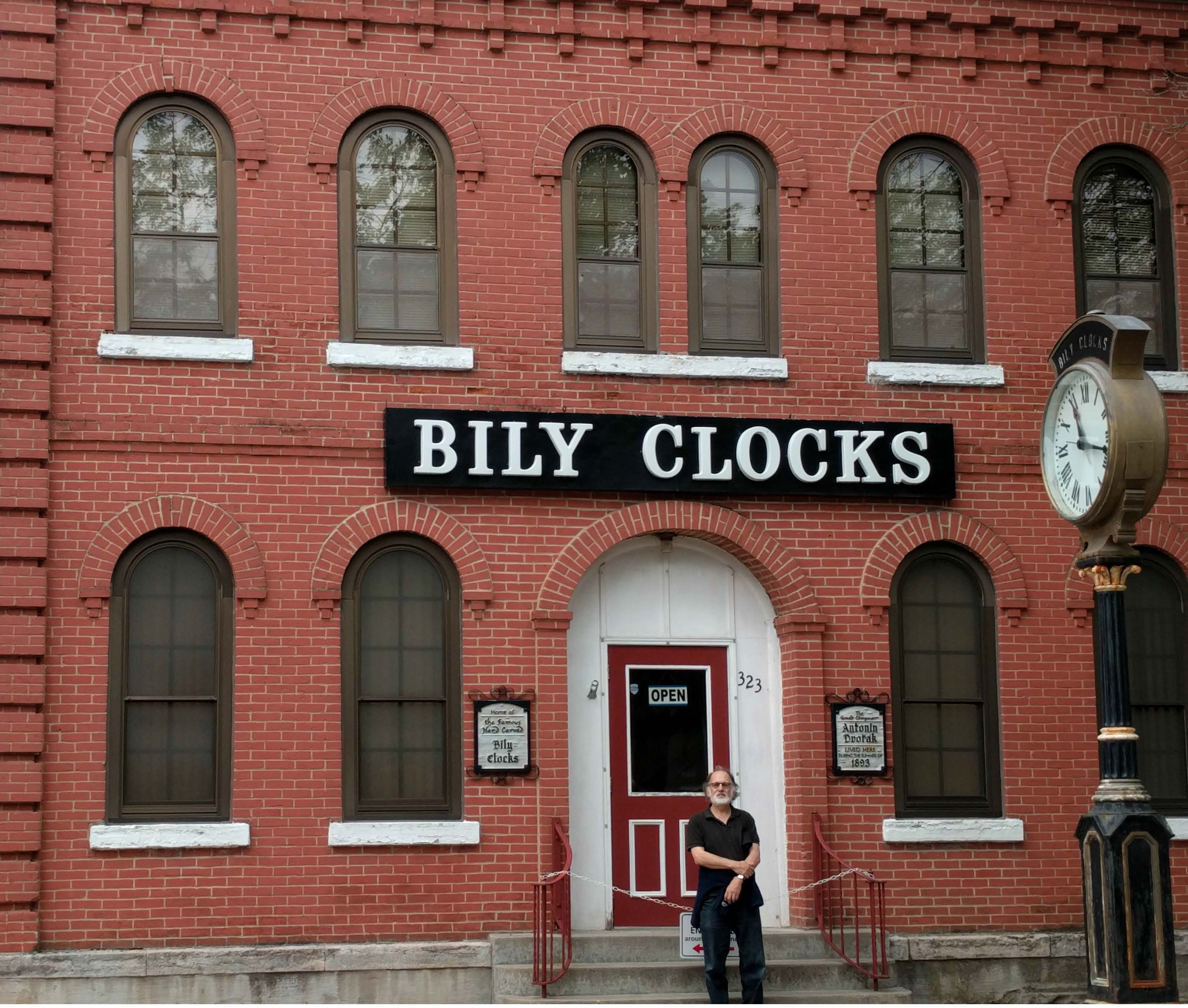
Joe in front of the museum

Dvořák & Cacioppo

MS. facsimile of the “American Quartet” (apologies for glare)
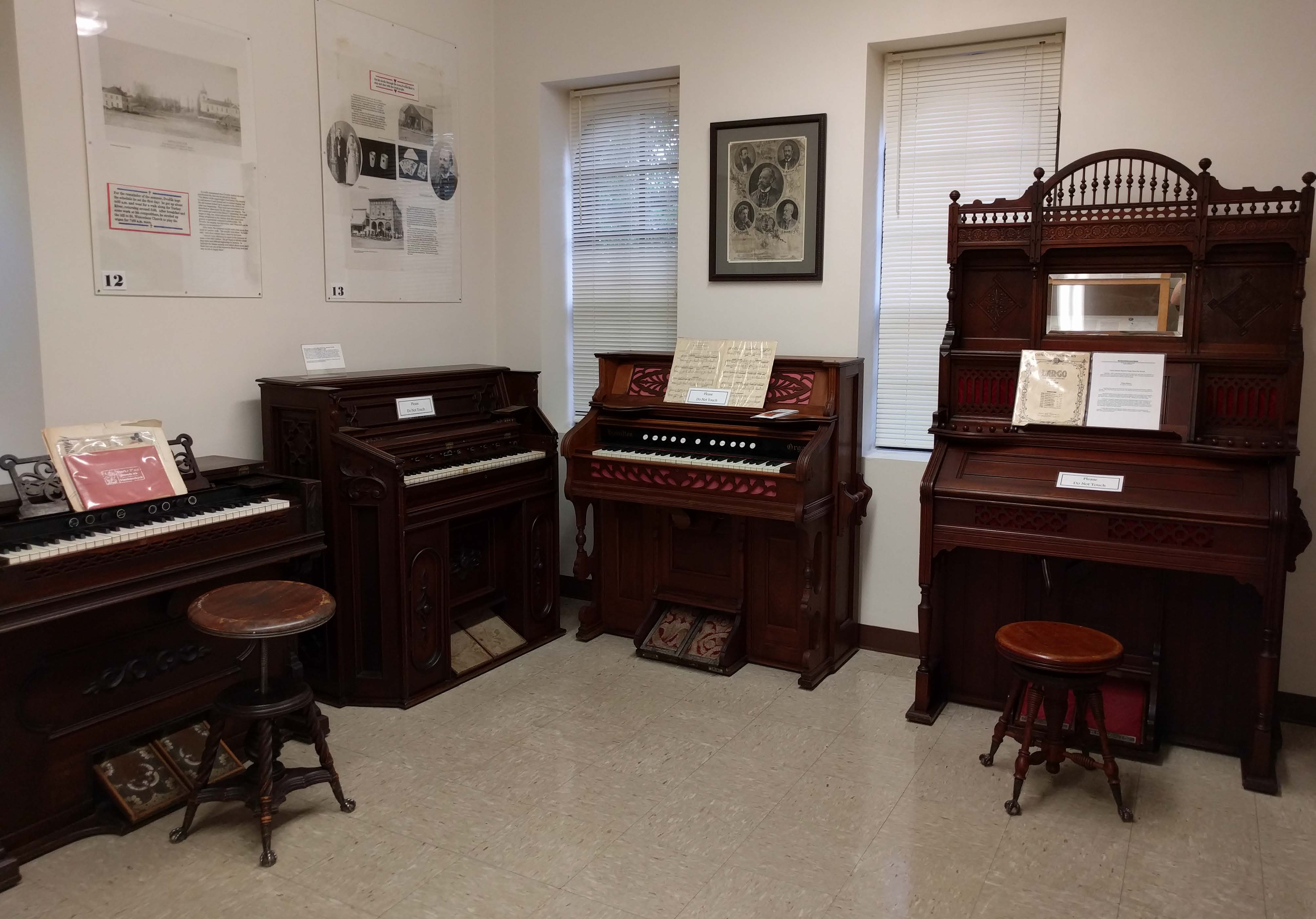
Organ collection
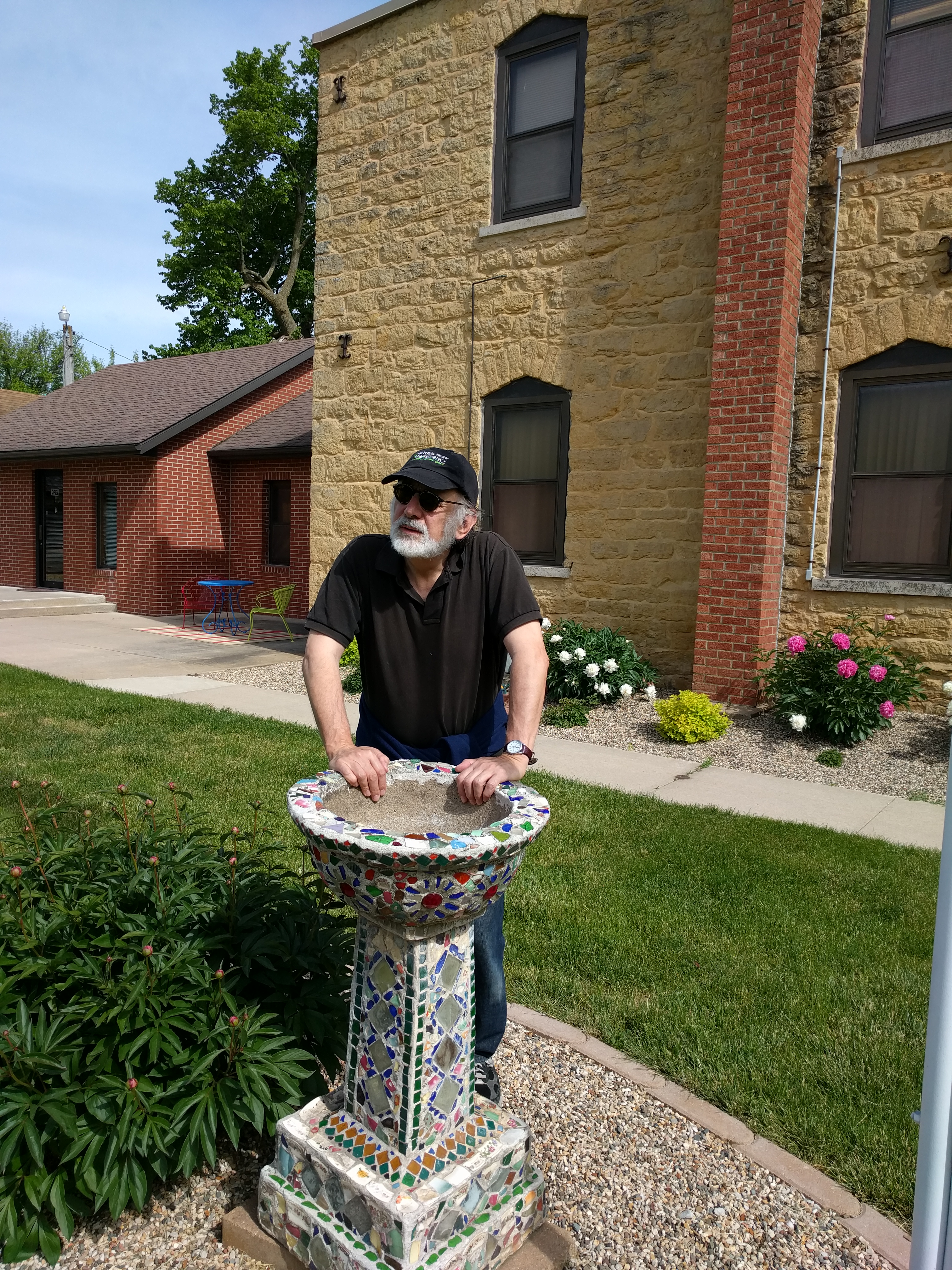
Joe at the Czech majolica baptismal font in the museum courtyard
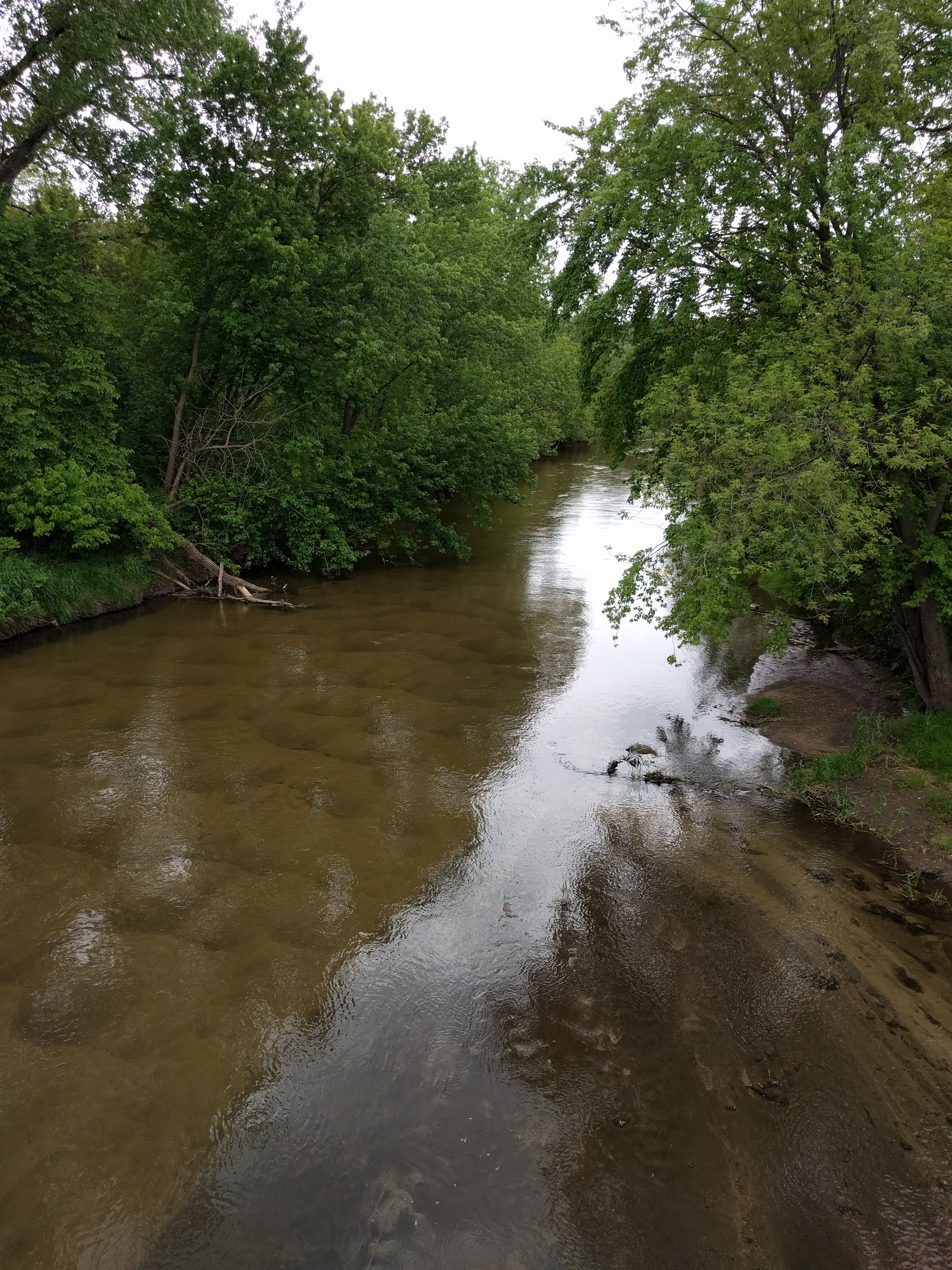
the Turkey River
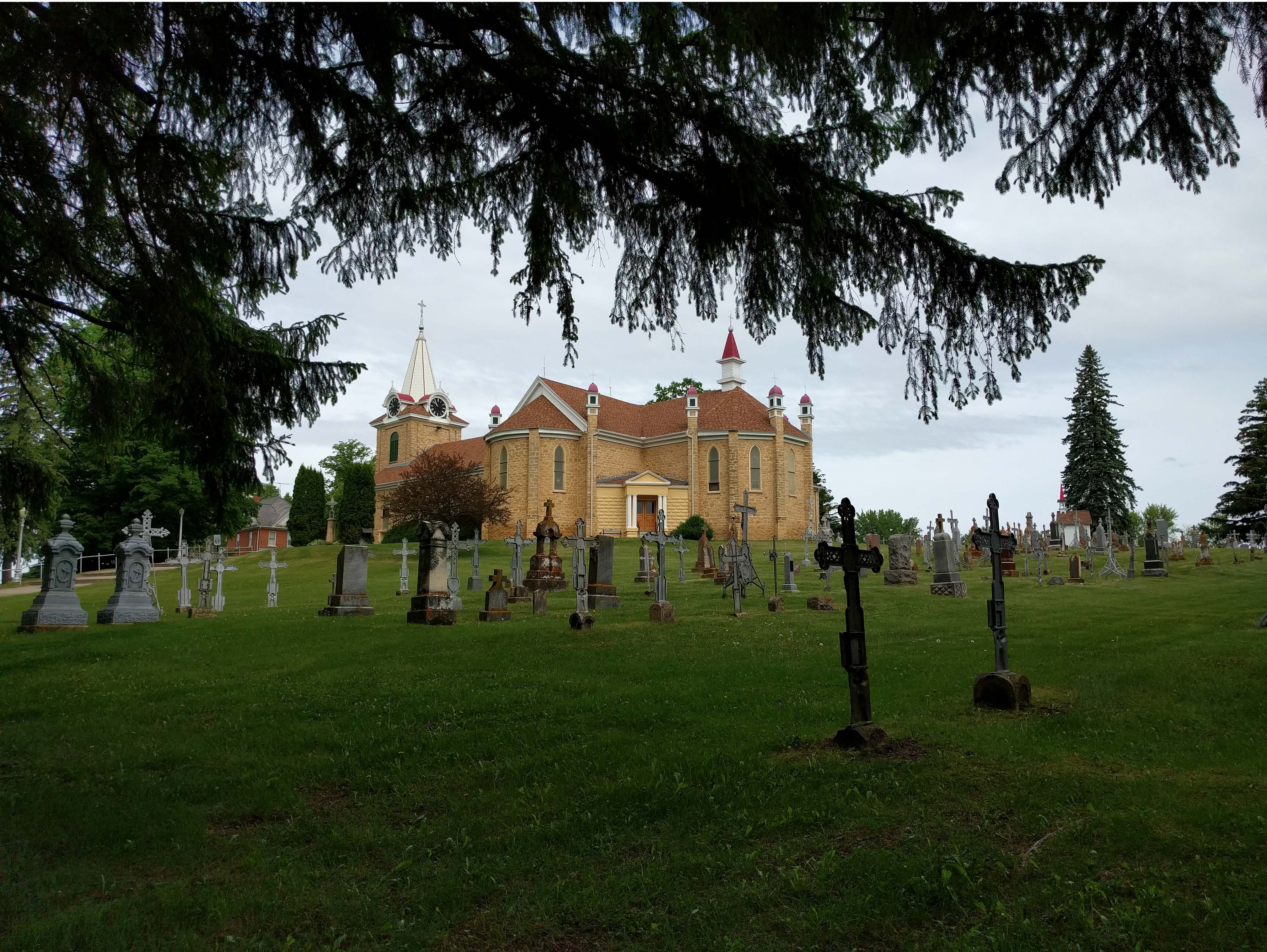
St. Wenceslaus Church & cemetery
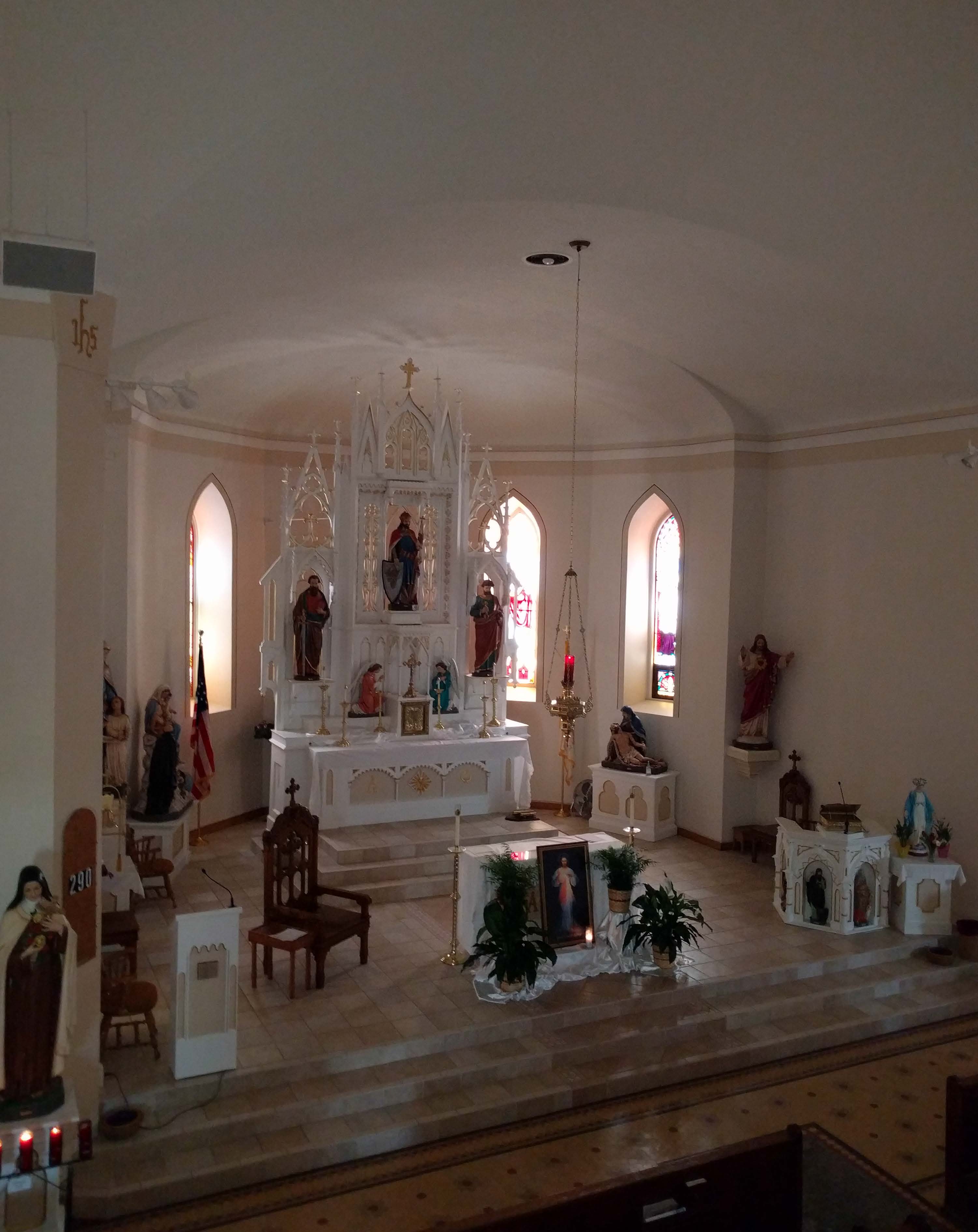
St. Wenceslaus altar
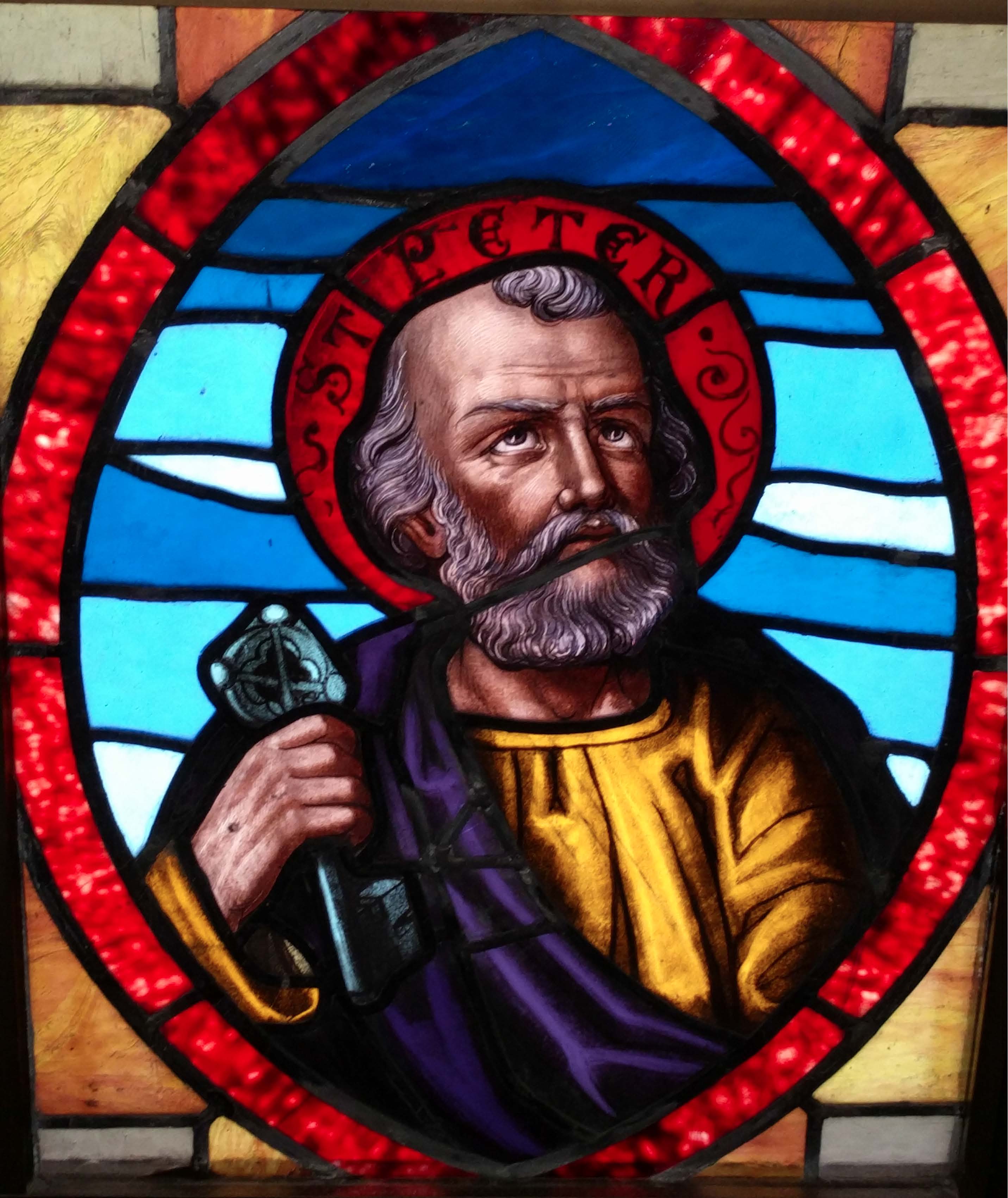
St. Wenceslaus, one of many stained glass windows